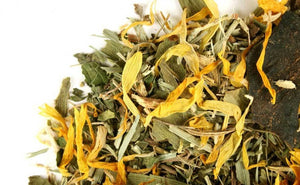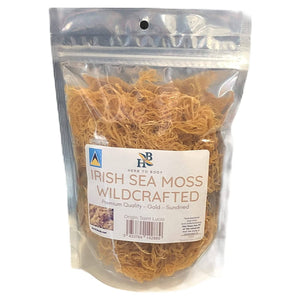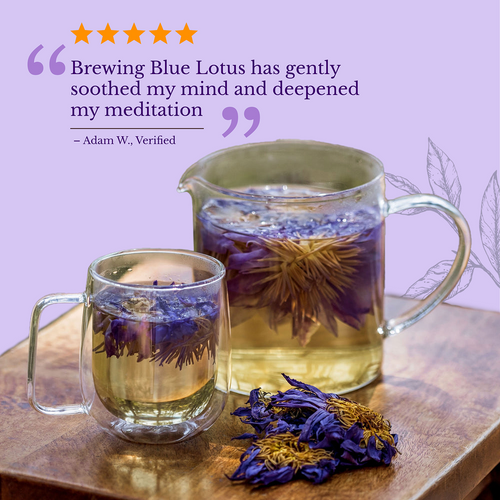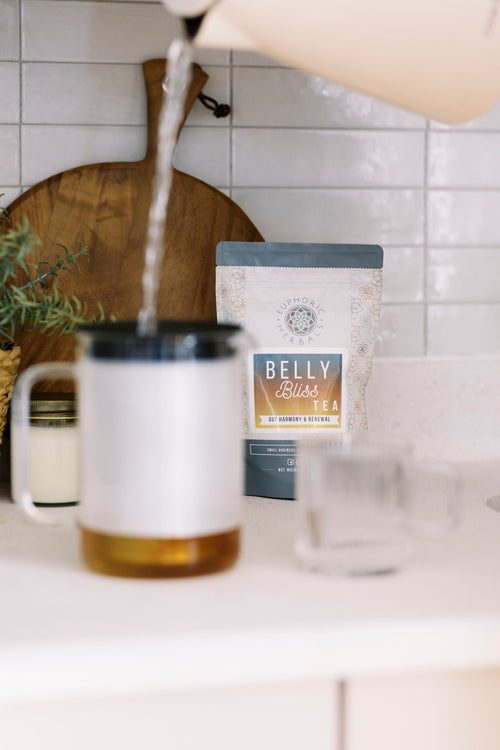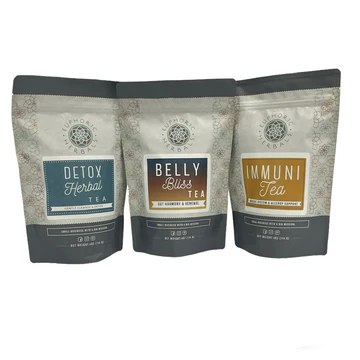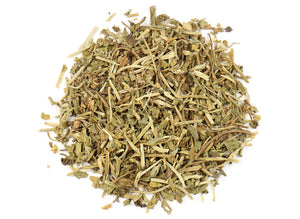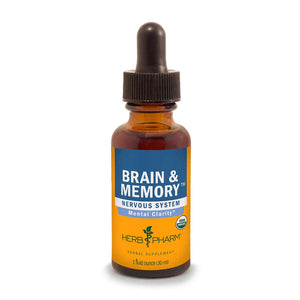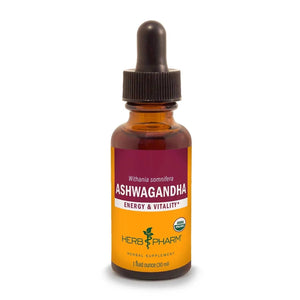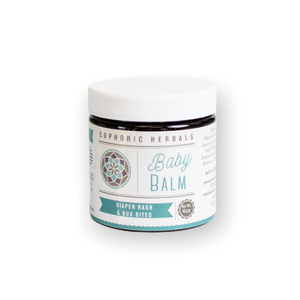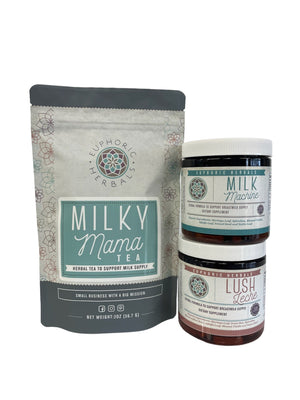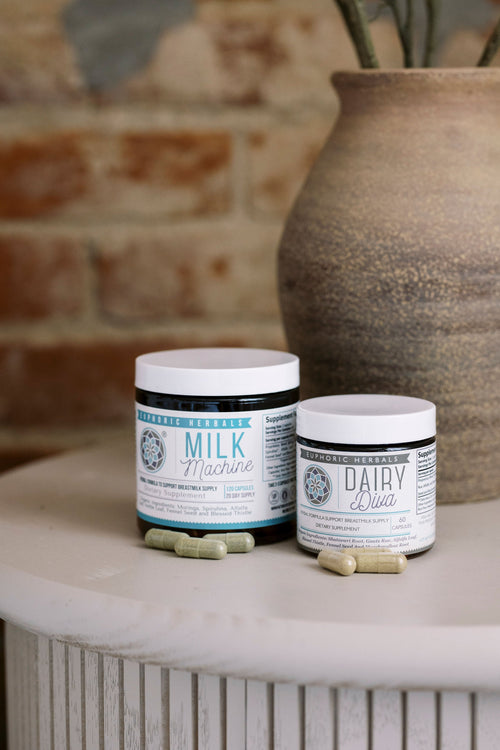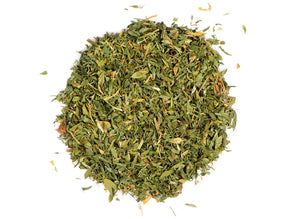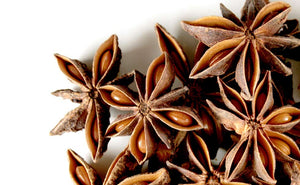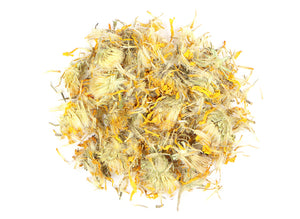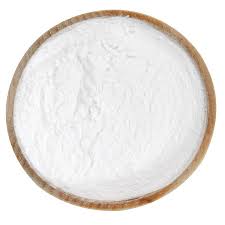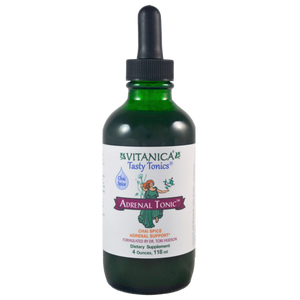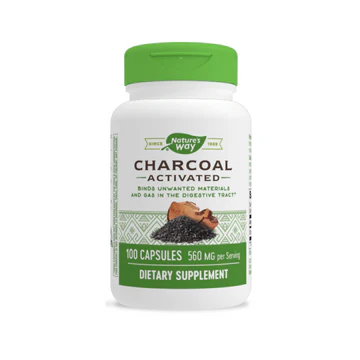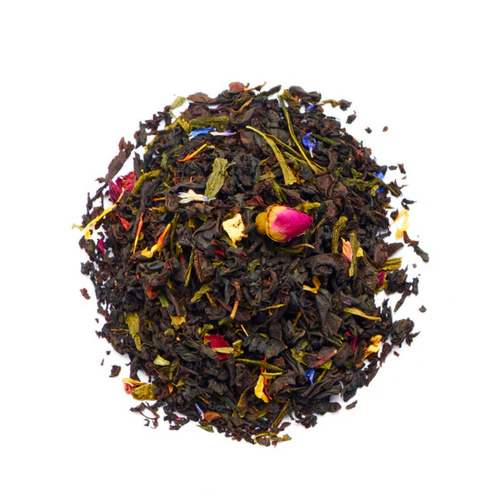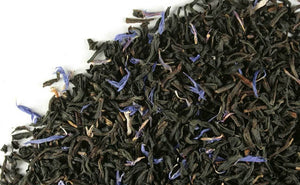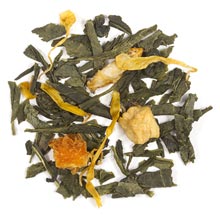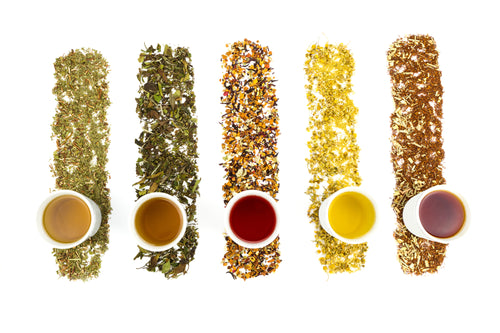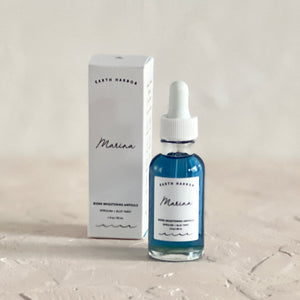If you are interested in making your own herbal recipes, there are many reputable bulk herb retailers that can supply you with all the quality dried herbs you need.
However, many of the most useful medicinal herbs are also very easy to grow if you have some garden space-- or even some spare containers-- available.
Growing your own herbs will give you the ability to enjoy them fresh as well as to dry some for later in the year. With interest in herbalism surging right now, it can also give you access to popular herbs that may be sold out at the store or online.
Of course, your top priority should be to plant herbs that you love and want to use, but here's a look at some of the top overall medicinal herbs to grow (plus a few honorable mentions).
Top 7 Plants for Your Medicinal Herb Garden
Lavender
Lavender remains one of the most popular herbs of all time. It has a calming fragrance and can be used both internally as a tea or tincture and externally in DIY skincare.
Some of the top benefits of lavender include stress relief, sleep promotion, and skin soothing properties. It can also help to ease a headache and can be used in a massage oil to relieve other types of pain (like cramps).
In the garden, lavender is a perennial plant that needs full sun and well-drained soil to thrive. Once established, lavender is drought tolerant and needs little care beyond some pruning in the spring.
Chamomile

Chamomile is another favorite medicinal herb and most "famous" for its ability to promote better quality sleep. Its white, daisy-like flowers will brighten up your garden and can be harvested for teas, tinctures, etc.
Some of the most notable benefits of chamomile apart from sleep promotion include stress relief, an ability to soothe irritated skin, and digestive support. It has long been used to ease nausea, diarrhea, and general indigestion.
There are two main types of chamomile: Roman Chamomile and German Chamomile. Both are easy to grow in your garden by planting the seeds in early spring. German chamomile grows about 2' tall, while the Roman type is more of a groundcover.
Mint
Mint is definitely one of the easiest medicinal herbs to add to your garden. In fact, sometimes you have to keep it from spreading and taking over!
All varieties of mint have their own unique, though similar, benefits. Peppermint, for example, is one of the best herbs for digestion and can also help with pain relief. Spearmint is a bit gentler. It can soothe an upset tummy, calm nervous energy, and is excellent for children.
Mint will grow vigorously in good to average soil in full sun or part shade. Strongly consider planting it in containers or where it will be surrounded by barriers (like walkways) to keep it under control.
Lemon Balm
Lemon balm is a favorite of bees as well as herbalists and is one of the most cheerful medicinal herbs to grow. It has a gentle nature when used in remedies that makes it useful for both children and adults.
Some key benefits of lemon balm include stress relief, nervous system support, sleep promotion, and digestive support. The leaves have also shown antiviral properties and may help boost brain power.
Lemon balm is easy to grow in containers or out in your garden and is a perennial plant (USDA zones 5 and up) that reaches about 2' tall. It can grow in full sun or partial shade and even adapts to poor soil.
Be aware that lemon balm can spread rapidly by seed. Deadhead spent flowers to prevent this from happening.
Calendula

Calendula is a beautiful, happy plant to add to your medicinal herb garden. It's easy to grow and is one of the most versatile herbs you can use in skincare recipes.
Some of the top benefits of calendula include an ability to soothe dry or sunburned skin, ease the itchiness of rashes, and promote wound healing. Internally, calendula aids digestion and cleanses the lymphatic system.
Plant calendula in spring after the danger of frost has passed in a sunny spot. It grows best in the cooler weather of spring and fall but will sometimes flower all summer.
When harvesting calendula, make sure you pick the entire flower head because most of the beneficial oils are found in the base of the bud.
Holy Basil (Tulsi)
Holy basil (also called tulsi) is a close relative of sweet basil but is considered the more medicinal of the two. It has adaptogenic properties that are particularly beneficial for relieving stress and renewing energy.
Some other benefits of holy basil include digestive support and an ability to ease pain and inflammation. In Ayurveda and other traditional medicine systems, holy basil is considered a "longevity tonic" that can restore vitality.
Like sweet basil, holy basil is typically grown as an annual herb. Plant it outside in a sunny spot after all danger of frost has passed and the weather has warmed. You can start harvesting the leaves once your plants get 8-10" tall.
Elderberry
If you have the space, elderberry can be one of the most useful medicinal herbs to grow in your garden. The berries are especially prized for making an immune-boosting syrup that helps ward off certain viruses.
Other benefits of elderberry include help with allergy relief and the potential for lowering blood sugar levels. Elderberry flowers have their own unique properties and have traditionally been used for allergy relief and fever support.
Elderberry bushes are fairly large and can grow 6-8' tall and wide. They do best in full sun or partial shade and will grow quickly if given decent soil that drains well. Keep in mind that your bushes probably won't produce fruit until their second growing season.
Honorable Mentions for a Medicinal Herb Garden
Rosemary

Rosemary is often considered a culinary herb, but it actually has many medicinal benefits and is one of the best herbs for boosting brain power and memory.
You can grow rosemary in a pot or out in your garden, and it's considered a tender perennial. Make sure you give your plants good drainage and don't overwater them.
Sage
Sage is another common culinary herb with hidden health benefits. It has traditionally been used for relieving symptoms of menopause and is great for easing a sore throat or relieving congestion via an herbal steam.
For your garden, make sure you choose Salvia officinalis, which is the variety used for cooking and remedies. You can also grow Salvia sclarea or clary sage, which can be used to support female health and for skin issues like acne.
Catnip
There are quite a few benefits of catnip for humans, including an ability to promote sleep, ease stress, soothe digestion, and combat coughs and sore throats.
Catnip belongs to the mint family and is easy to grow in your garden or in pots. It needs full sun, prefers well-drained soil, and produces fragrant gray-green leaves.
Embrace Medicinal Herbs in Your Garden
If you love making your own remedies and have even somewhat of a green thumb, why not add some medicinal herbs to your garden or porch? Every herb listed here is easy to grow and has multiple health benefits.
Pick a few of your favorites and give them a go!
Disclaimer: This post is for informational purposes only. It does not constitute medical advice and should not be substituted for medical advice. Please consult your health care provider, herbalist, midwife, or naturopathic physician before taking herbs, supplements, etc. Here's the link to our full disclaimer.






